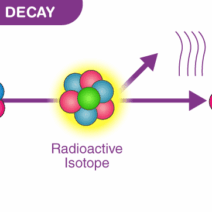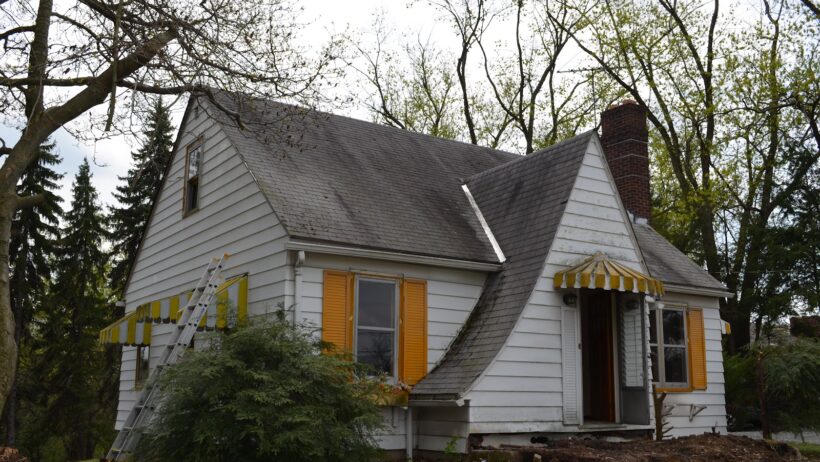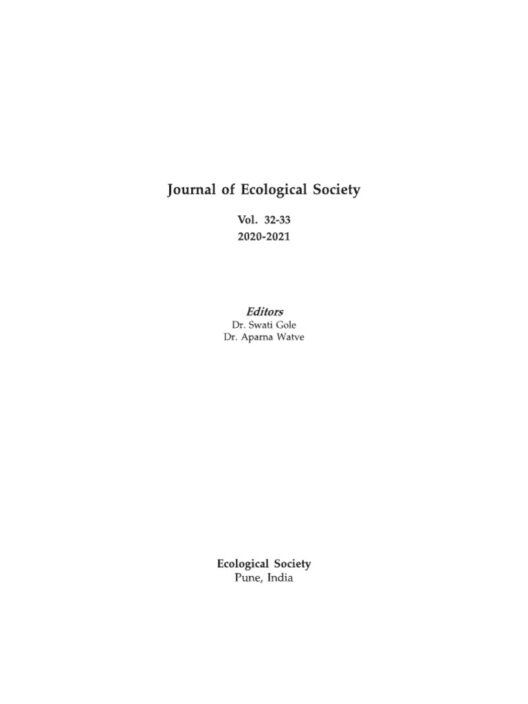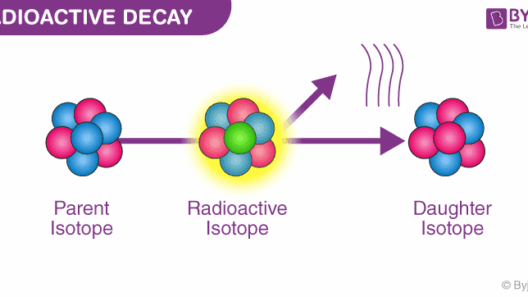Our homes, akin to fortified oases of comfort amid an often chaotic world, possess the latent potential for greater harmony with the environment. Energy conservation is not merely a trend; it is a cornerstone of sustainable living, an ethos echoing through the corridors of modern society. By exploring strategies for reducing energy consumption within our living spaces, we can nurture not only our surroundings but also the very planet we inhabit.
To commence this journey into energy conservation, it is essential to acknowledge that our residences are akin to living organisms, each room and appliance representing an intricate system interwoven with others. Much like the complex interplay of ecosystems, every action we take within our homes has repercussions far beyond our immediate surroundings. An astute understanding of these relationships can guide us in making informed choices that transcend personal benefit, propelling us towards collective environmental stewardship.
One of the most effective methodologies to conserve energy in the home is through the meticulous management of heating, ventilation, and air conditioning (HVAC) systems. These mechanisms serve as the lungs of our living spaces, regulating airflow and temperature. The metaphor of the lungs is particularly fitting: just as they require clean air to function optimally, our HVAC systems demand precision to minimize their energy consumption. Regular maintenance, including cleaning filters and sealing ducts, can prevent escapism of heated or cooled air, maximizing efficacy while fostering a more sustainable future.
Moreover, the integration of smart thermostats exemplifies the advancements in technology that facilitate energy conservation. These devices are akin to personal butlers for our climate control systems, adapting to our lifestyle patterns and ensuring that energy is utilized only when necessary. Such innovations empower homeowners to exercise unprecedented control over their energy consumption, rendering an otherwise passive resource into an active participant in our daily lives.
In the grand theater of energy usage, lighting plays a lead role. Traditional incandescent bulbs, akin to dinosaurs of the energy world, have gradually yielded to the nimbleness of LED alternatives. These modern luminaries not only consume a fraction of the wattage but also emit a more refined spectrum of light. The choice of lighting is no longer mere aesthetics; it is a conscious decision that reverberates throughout the energy ecosystem. The strategic use of natural light during the day can further diminish reliance on artificial sources, transforming windows into portals of warmth and vitality.
Beyond just illumination, the mindful selection of appliances constitutes another vital aspect of energy conservation. Each household item, from refrigerators to ovens, is a cog in the larger machinery of consumption. Energy Star-rated appliances, designed with advanced efficiency technologies, exemplify the commitment to reducing energy waste. Investing in such devices may entail a higher upfront cost, but the long-term savings and diminished environmental footprint render this expenditure an astute choice for thrifty environmental stewards.
Additionally, water heating embodies one of the most significant energy expenditures in the home. This process is emblematic of the unseen energy battles that rage behind the scenes. Utilizing tankless water heaters not only conserves energy but also yields the luxury of an endless supply of hot water. Coupled with proper insulation of piping, strategies such as these illustrate that energy conservation cannot be an afterthought; it must be woven into the very fabric of our homes.
Gardening and landscaping also merit attention as underestimated avenues for energy conservation. A thoughtfully landscaped yard, covered with native plants, acts as a natural insulator, reducing the need for extensive temperature regulation indoors. Trees strategically planted around a home can provide shade, thereby lessening air conditioning demands in summer months. Such biophilic design elements establish a symbiotic relationship with nature, reinforcing the interconnectedness of our human habitats and the environment.
Moreover, embracing practices such as composting and recycling within our homes not only reduces waste but also conserves the energy required for the production of new materials. This cyclical approach echoes the principles of a circular economy, one where materials are perpetually repurposed rather than discarded. The act of composting, often perceived as a chore, can be reframed as an opportunity to engage in a restorative cycle that enriches our gardens while diverting organic waste from landfills.
An equally impactful realm to consider is behavioral change, an elusive yet powerful driver of energy conservation. The simple act of turning off lights when leaving a room, unplugging devices that are not in use, and being vigilant about energy consumption patterns–these small, often overlooked actions aggregate to forge a formidable barrier against excessive waste. In a sense, we should regard our engagement with energy use as a dance; rhythmic and deliberate, harmonious yet dynamic.
As we traverse the multifaceted terrain of energy conservation, the collective impact of our individual actions becomes increasingly apparent. When we adopt energy-saving habits, we are not only optimizing our living spaces but also participating in a broader movement toward environmental healing. Each home serves as a microcosm of possibility, a testament to the power individuals hold in reshaping the future.
In conclusion, energy conservation within our homes is an intricate tapestry woven from conscious choices and innovative technologies. The metaphor of the home as a living organism underscores the interconnectedness of all actions taken within its confines. By embracing strategies that optimize energy use, we take pivotal steps toward mitigating climate change and preserving the planet’s resources for future generations. With each mindful choice, we amplify our ability to harmonize our living spaces with the rhythms of nature, cultivating a more sustainable and resilient world.







